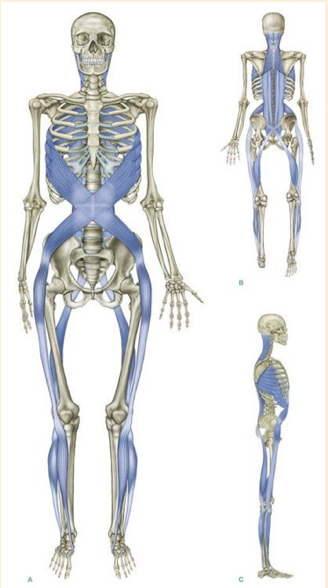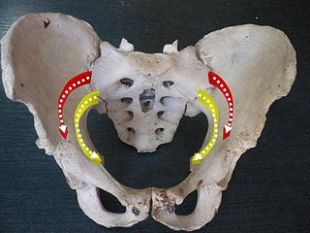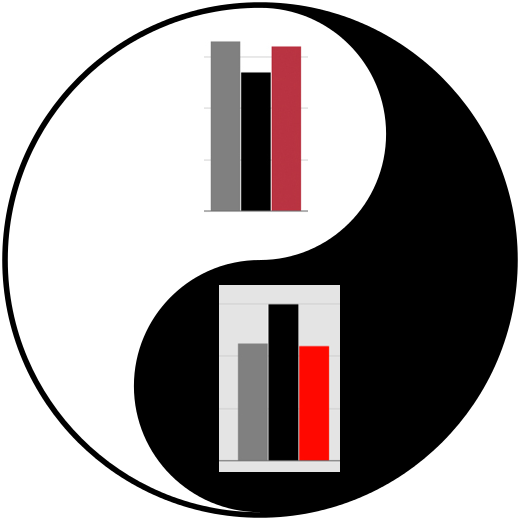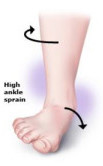
It is quite a shock for most people to learn that a jump can predict an elbow injury. We are talking about a 2 leg vertical jump that is proven to predict severe elbow injuries in a pitching motion. The same interconnectedness of the body that makes that possible underlies the common diagnosis between an ankle sprain, sports hernia, and low back pain. That interconnectedness can be easily seen by fascia and the lines that such tissue creates.
In the book, Anatomy Trains, Thomas Meyers defines a model that shows how individual muscles link together to form functional, myofascial continuities (fascia) organized along longitudinal lines of pull throughout the body.
Meyers describes the Spiral Line as looping around the body in two opposing helices, right and left, joining each side of the skull across the upper back to the opposite shoulder and then around the ribs to the front to cross again at the level of the navel to the hip. From the hip, the Spiral Line passes like a ‘jump rope’ along the outside of the thigh and across the shin to the middle of the arch, passing under the foot, running up the back of the thigh all the way up the spine close to where it started on the skull. The ‘Spiral Line’ shows how to resolve rotational compensations in a way that no analysis of any single muscle can give.

When the spiral line has slack, the body is able to freely rotate. Too tight of a spiral line minimizes rotation, helping the body to track joints better and direct forces linearly such as sprinting. However, there is always too much or too little of one thing, so striking the optimal balance is critical to match the ideal trade-off between performance and injury. The relationship is much like the Yin-Yang in Chinese philosophy, which can be thought of as complementary (rather than opposing) forces that interact to form a dynamic system in which the whole is greater than the assembled parts.
We have seen such dichotomy in athletes with the Sparta signature, specifically the explode variable. Too little explode (combined with higher load and drive) is associated with more successful rotational athletes; quarterbacks, pitchers, baseball hitters, golf, long snappers, cricket, the list goes on. While highest explode is found in the stiffer athletes who minimize energy loss for better jumping and acceleration; basketball athletes, defensive backs, inside wide receivers, running backs, etc.

To address the initial discussion, let’s focus on high ankle sprains and its association with too little integrity from the spiral line (i.e. loose). Unlike the common lateral ankle sprains when ligaments around the ankle are injured through an inward twisting, high ankle sprains are caused when the lower leg and foot externally rotates (twists out).

The best preventative measures to reduce the odds for such events are to prevent twisting. Not just preventing rotation at the ankle, but preventing any rotation since the body is an interconnected system. Twisting or rotating excessively at the trunk can and will have rotational stress placed on the lower body and vice versa.
Specifically, the statistics have found deadlift and suitcase deadlift to be the most effective prescriptions to improve explode. Theoretically, improving explode will reduce the slack of the spiral line to reduce rotation thereby reducing the susceptibility to high ankle sprains. It is important to note that we often attach single leg, lateral, landing movements with strength movements targeting explode because the athlete is forced to brace at the trunk and stiffen the tissues around the foot and ankle (what Meyers called the jump rope of fascia from the Spiral line).